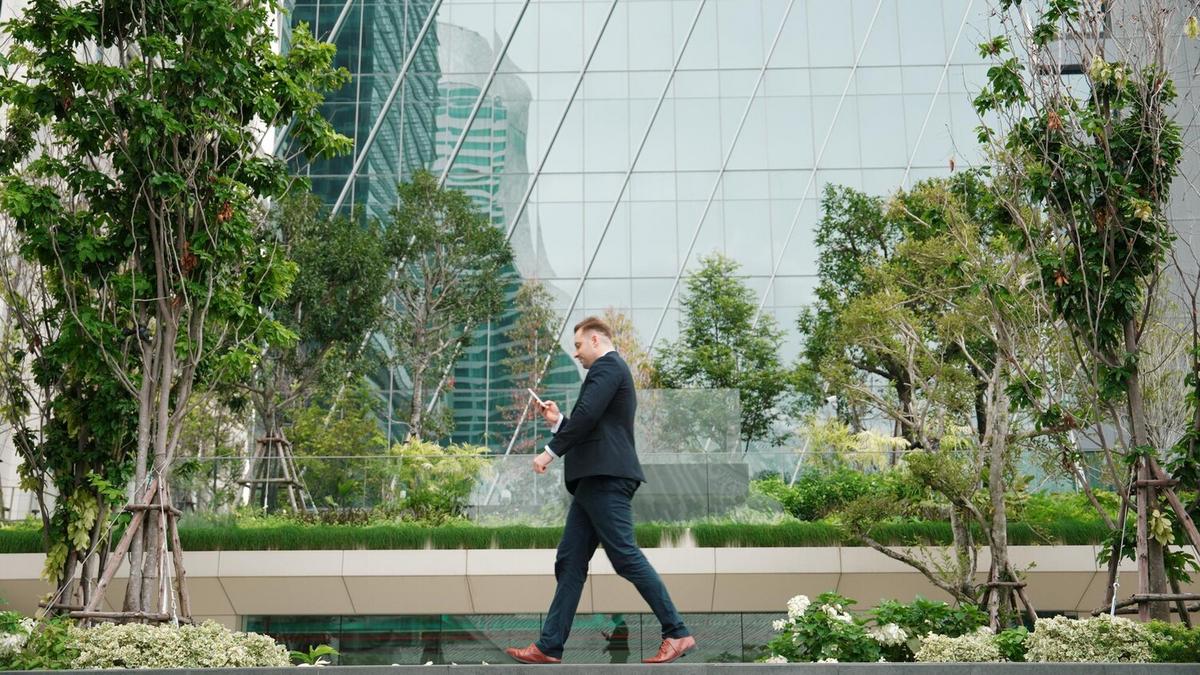
The Economics of Sustainable Architecture in Urban Development
As urban landscapes continue to evolve, the integration of sustainable architecture within city planning becomes not just a preference but a necessity. This approach not only addresses environmental concerns but also plays a significant role in economic development.
Sustainable architecture in urban development is a multifaceted concept that prioritizes eco-friendly building practices. It merges innovative design with environmental stewardship, offering a viable solution to the challenges posed by urbanization. According to the World Green Building Council, buildings are responsible for nearly 39% of carbon emissions globally, underscoring the vital need for sustainable practices.
Economic Benefits of Sustainable Architecture
Embracing sustainable architecture can lead to substantial economic benefits. A report by the International Finance Corporation highlights that green buildings can save up to 20% on operational costs compared to conventional buildings. This cost-efficiency stems from reduced energy and water usage, which translates to lower utility bills.
Expert Insights
“Sustainable architecture is not just about the environment; it’s about creating value,” says architect and sustainability expert, Mark Johnson. “Investing in green buildings can yield significant returns over time.”
Why Cities Should Invest
Urban areas are prime candidates for sustainable architecture due to their high density and resource consumption. By integrating green building practices, cities can mitigate environmental impact while enhancing their economic resilience. This is supported by research from the United Nations Environment Programme, which suggests that energy-efficient buildings could achieve energy savings of 50% or more.
Real-life Examples
Incorporating sustainable architecture has proven successful in numerous urban settings. For instance, the city of Copenhagen has committed to becoming carbon-neutral by 2025, largely through the adoption of sustainable building practices. This initiative is expected to generate significant economic growth and job creation.
Actionable Tips for Implementing Sustainable Practices
- Start with energy-efficient designs and materials that reduce consumption.
- Incorporate renewable energy sources like solar panels.
- Focus on water conservation techniques, such as rainwater harvesting.
- Encourage community involvement in green initiatives.
Comparison Table: Traditional vs. Sustainable Architecture
| Aspect | Traditional Architecture | Sustainable Architecture |
|---|---|---|
| Energy Usage | High | Low |
| Water Conservation | Minimal | Significant |
| Material Sourcing | Non-renewable | Renewable |
| Operational Cost | Higher | Lower |
| Environmental Impact | High | Low |
| Market Value | Standard | Higher |
| Tenant Attraction | Average | Higher |
| Regulatory Compliance | Basic | Advanced |
Frequently Asked Questions
What defines sustainable architecture?
Sustainable architecture emphasizes the use of environmentally friendly materials, energy efficiency, and innovative design to minimize environmental impact.
How does sustainable architecture benefit the economy?
It reduces operational costs, increases property value, and can drive job creation through new technologies and materials.
Are there financial incentives for sustainable building?
Yes, many governments offer tax credits, grants, and loans to encourage sustainable building practices.
In conclusion, the economics of sustainable architecture in urban development presents a compelling case for cities worldwide. By investing in sustainable practices, cities can enhance their economic growth while addressing crucial environmental concerns. As urban areas continue to grow, the integration of sustainable architecture will undoubtedly become a cornerstone of modern development, offering both economic and ecological benefits.


